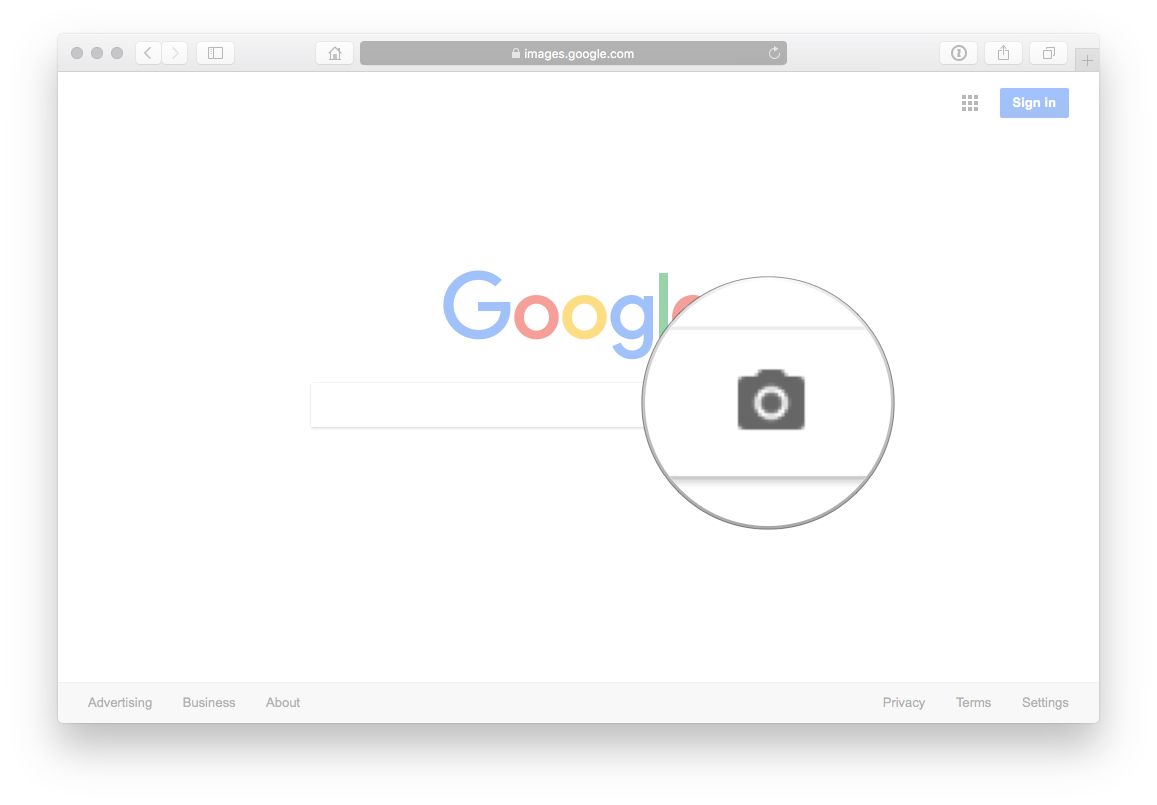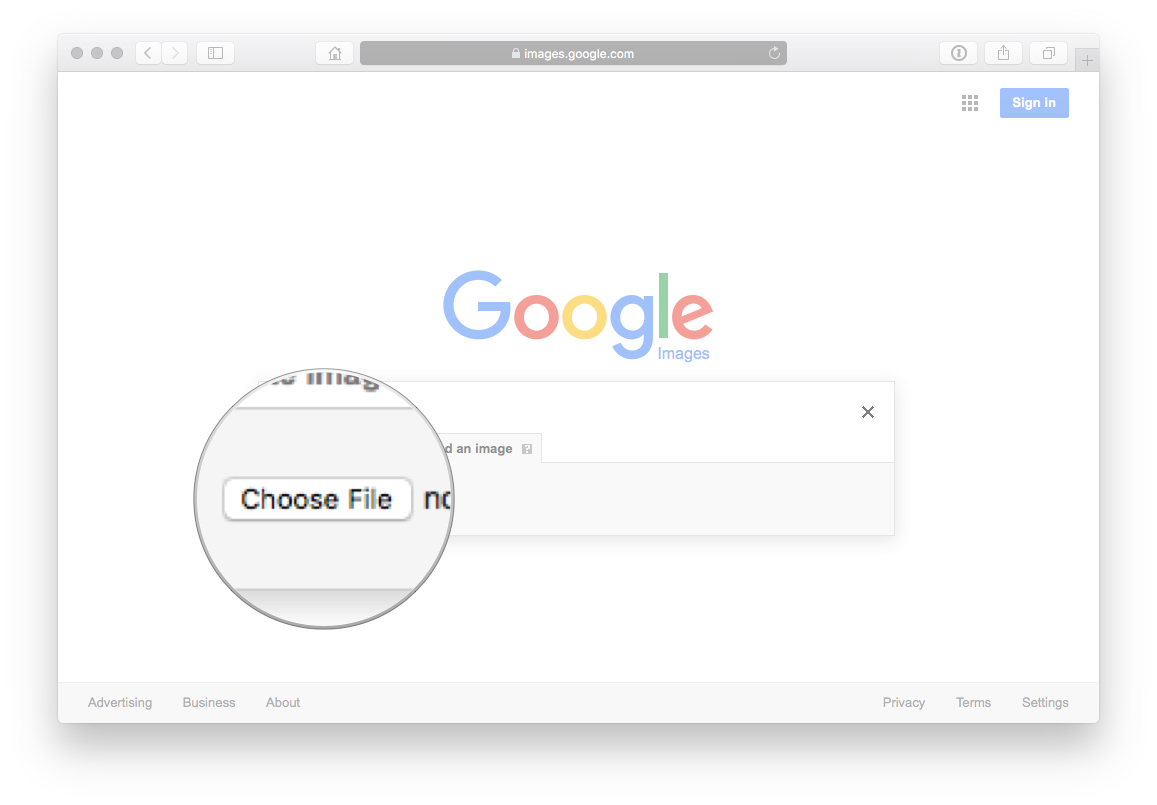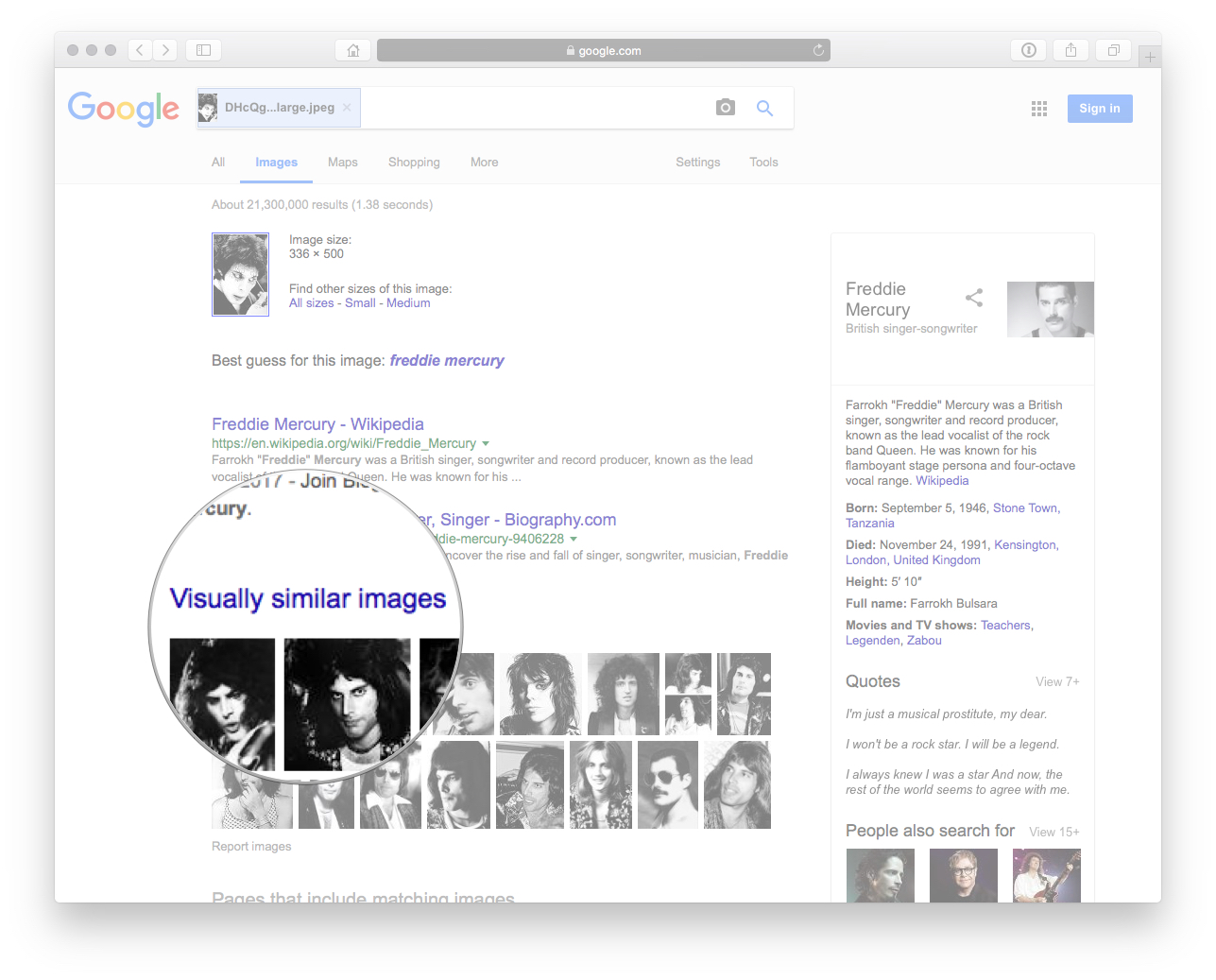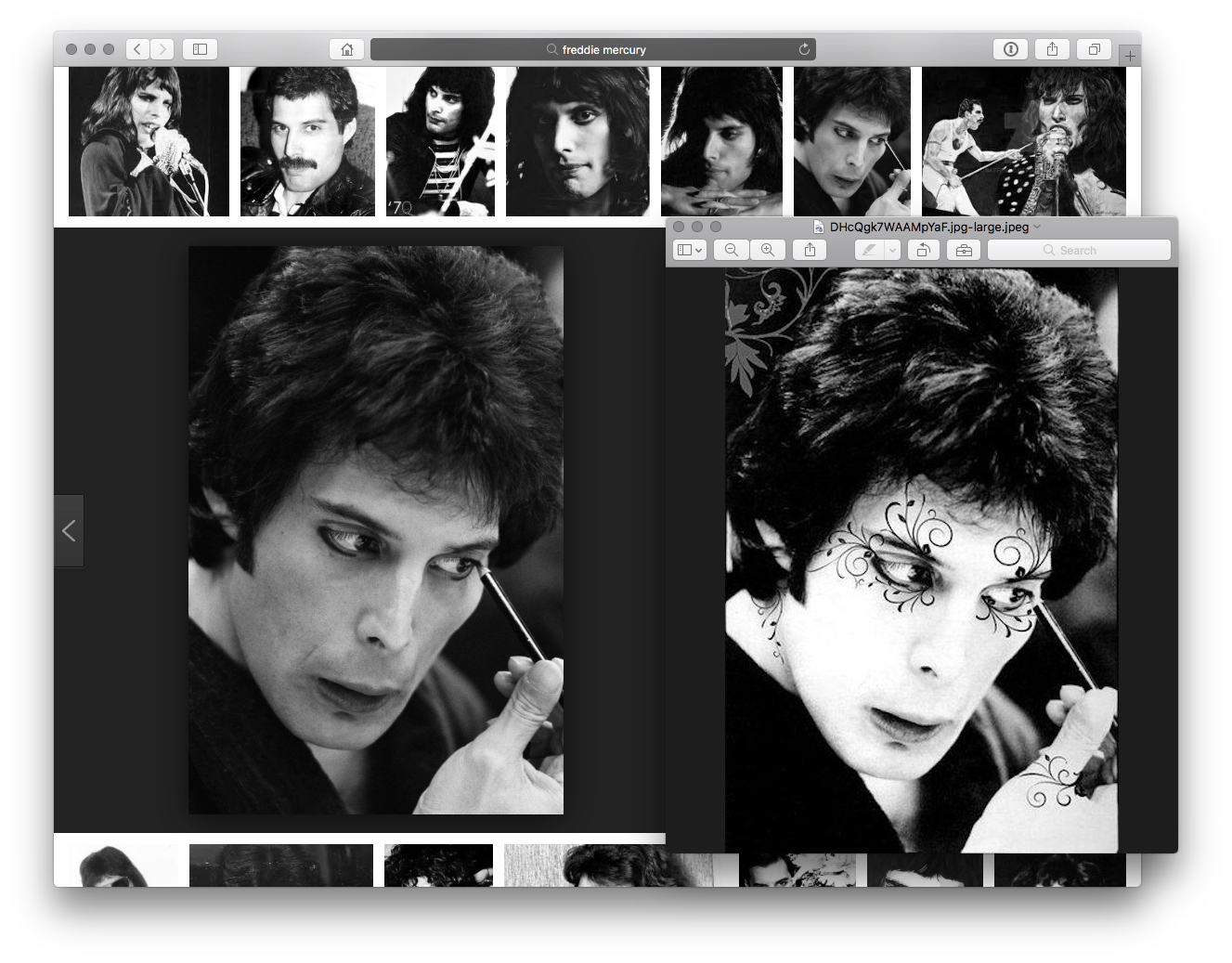How to spot fake social media photos before you hit the share button
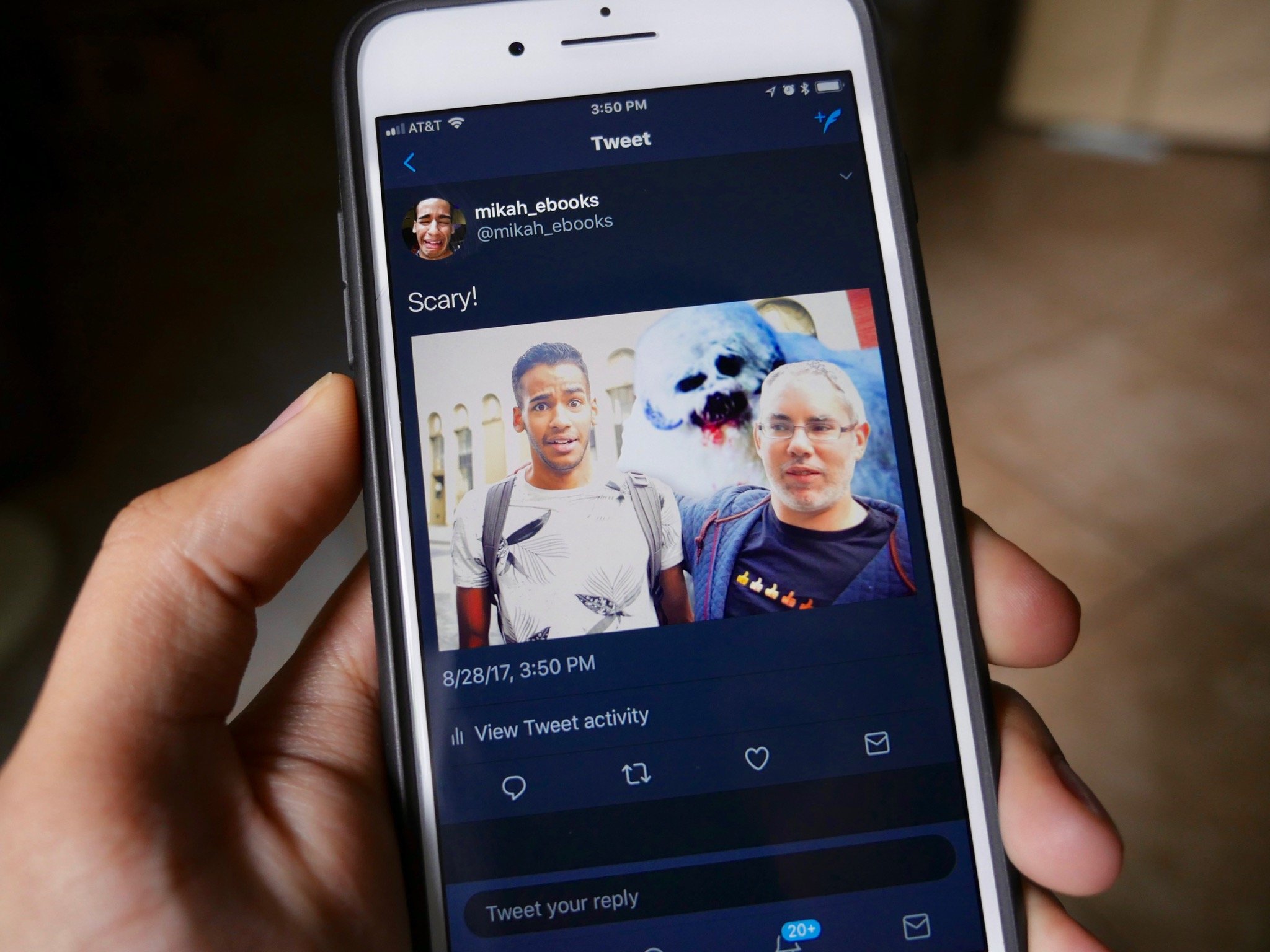
Given our attraction to the outrageous and unbelievable, it's no surprise the most popular social media posts are often the most wrong. Before you hit the share button on a viral photo, consider a quick fact check using these methods!
Search by image using Google Images
Some of the most viral social media hoaxes are crafted from actual photos and real events. When you see an unbelievable photo, a quick (though not foolproof) way to verify its authenticity is with a reverse image search. You can use Google Images, but other services, like TinEye, are available as well. The idea is that someone hoping to create a fake image — whatever their motivation — will use readily available resources on the web.
We'll use this image of Freddie Mercury showing the singer applying face makeup as our example:
https://twitter.com/historyinmoment/status/898204804719292418
It's arguably easy to tell the image has been manipulated (just look at that terrible 'shop job around the thumb), but we can find evidence it's a fake by looking for the real image online using a reverse image search.
- First, download or screenshot the image so you can upload it to Google Images.
- Head on over to Google Images.
- Click the Search by image button in the search bar (looks like a camera).
- Click Upload an image.
- Click Choose File and select the image of Freddie Mercury.
- Click Visually similar images to see what Google's found on the web.
- After a bit of scrolling, you'll see the actual image of Freddie Mercury applying eyeliner.
If you come across any unbelievable images, consider running a reverse image search to find its component parts.
Other tips
- Do a bit of research: If your gut is telling you something seems off, listen to it. Consider doing some research on the topic by doing a quick web search or two to find the facts and the frauds.
- Check responses: Look at the comments and replies on a post. Are there multiple instances of people claiming the post is fake? Do they provide evidence? Use their legwork to help inform your judgment.
- Fact-finding resources are your friend: Fact-finding sites like Snopes are a great resource for determining what's real and what's not. The site provides evidence based judgments of all kinds of news stories, viral images, videos, and more.
Spot any fakes lately?
Have you come across any fake social media images that drew you in? Spot any terrible fakes? Share your stories (and fake social media posts) in the comments, or give us a shout over on Twitter!
iMore offers spot-on advice and guidance from our team of experts, with decades of Apple device experience to lean on. Learn more with iMore!
Mikah Sargent is Senior Editor at Mobile Nations. When he's not bothering his chihuahuas, Mikah spends entirely too much time and money on HomeKit products. You can follow him on Twitter at @mikahsargent if you're so inclined.
